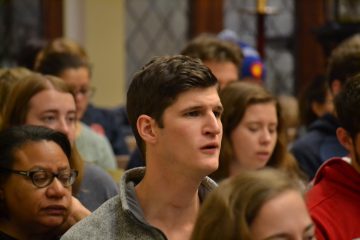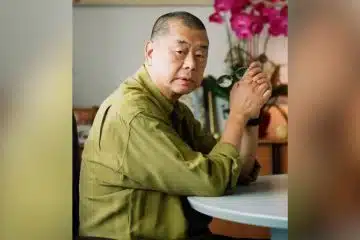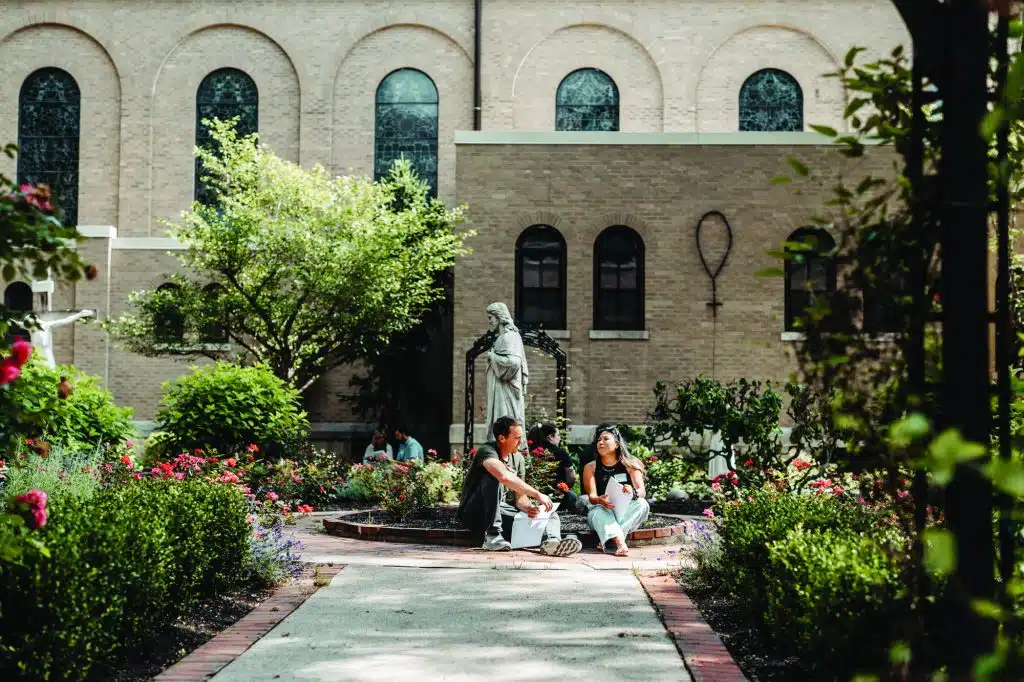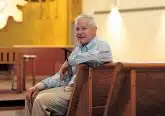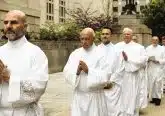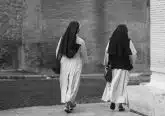The Path to “I Do”
Falling in love, getting engaged, and going through marriage preparation should be a beautiful, enriching experience. But ask Catholic couples married 25 years or longer about their marriage preparation, and many will respond that they met with their parish priest, completed a questionnaire, and attended a marriage preparation retreat; in other words, they checked off a to-do list. When compared with the priesthood and consecrated life’s years of attentive formation, the old marriage-preparation checklist model is insufficient. Engaged couples should be given ample time and spiritual opportunities to nurture their relationship with Christ; then, they can make a gift of themselves in the vocation of marriage.
To address the need for renewal in marriage preparation, the Holy See published in 2022 the Catechumenal Pathways for Married Life, which provides a vision, called the Marriage Catechumenate, that emphasizes the process of evangelization and discipleship of couples. The Marriage Catechumenate is pedagogical, gradual, and marked by rituals between three stages. Prior to the formal stages, there is “remote” preparation, which begins with children and adolescents learning about marriage from the example of their parents and family life. A transitional moment welcomes engaged couples, then the first two formal stages (called “proximate” and “immediate”) occur, before the sacrament of marriage. Depending on the engaged couple’s readiness to proceed, these stages may take more or less than a year. The Marriage Catechumenate’s third stage involves ongoing formation and accompaniment during the first several years of married life, like the newly baptized’s formal period of Mystagogy. This vision challenges us to be patient, acknowledging that engaged and newlywed couples need time and opportunities to open their hearts to the ongoing process of conversion.
To carry out the Marriage Catechumenate fruitfully, it is essential to collaborate with a team, which may include: the engaged couple, a volunteer mentor couple, clergy, a parish marriage coordinator, a Natural Family Planning teacher, and marriage ministries like Catholic Engaged Encounter, Three to Get Married, Cana Family Institute, and (arch) diocesan staff. The Archdiocese of Cincinnati provides the
Guidelines for the Marriage Catechumenate to help parishes with implementation and also hosts Genesis: A Pre-Cana Retreat that serves over 700 engaged couples annually. The Genesis retreat enables couples to hear the Kerygma, reflect on the sacrament of marriage through catechesis (using questions of consent posed by teams of married couples), pray together during adoration and Benediction, and receive the Sacrament of Reconciliation.
What does success look like? Three parish leaders shared fruits they have witnessed. In the Holy Face of Jesus Family of Parishes, Fr. Sean Wilson uses the marriage preparation initiative Witness to Love that encourages engaged couples to choose their own mentor couple. Through this, he noted, “Engaged couples are opening themselves up to the beauty of God’s plan for marriage in a more profound way. The conversations they are having with their mentor couples are thoughtful and insightful. Mentor couples, some who have been married over 30 years, experience a renewal in their marital covenant as well.”
Rosanne Thomas of St. Gregory the Great Family of Parishes noticed a generous response from the mentor couples. “Some mentor couples have taken the initiative to develop their ministry beyond what is required, even establishing prayer groups in their homes for young married couples whom they mentored during engagement. Like OCIA, the process develops an ongoing, evangelizing community as much as it prepares couples for the sacrament of marriage.”
Spencer Hargadon of St. Michael the Archangel Family of Parishes shared that “the Marriage Catechumenate has provided the occasion to reexamine the way we approach marriage preparation. We have given attention to all the stages, and we have established a differentiation of phases for couples that approach us.”
Ultimately, the goal of marriage preparation is growth in holiness. Married saints like Joseph and Mary, Louis and Zelie Martin, and Luigi and Maria Beltrame Quattrocchi bear witness to the power in the sacramental grace of marriage to transform couples into missionary disciples that radiate Jesus Christ. ✣
Adriana Vásquez is the Managing Director of Marriage & Family Evangelization in the Archdiocese of Cincinnati. She and her family live in Madeira and belong to St. Gertrude Parish.
This article appeared in the November 2025 edition of The Catholic Telegraph Magazine. For your complimentary subscription, click here.



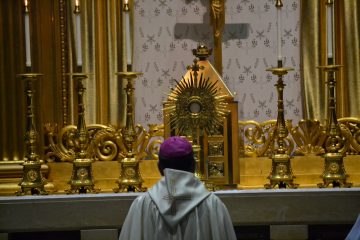

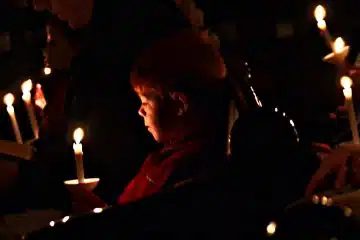

![The night is advanced, the day is at hand. Let us then throw off the works of darkness [and] put on the armor of light Romans 13:12 Rorate Mass Old St Mary (CT Photo/Greg Hartman)](https://www.thecatholictelegraph.com/wp-content/uploads/2018/12/DSC_0569a-360x240.jpg)
